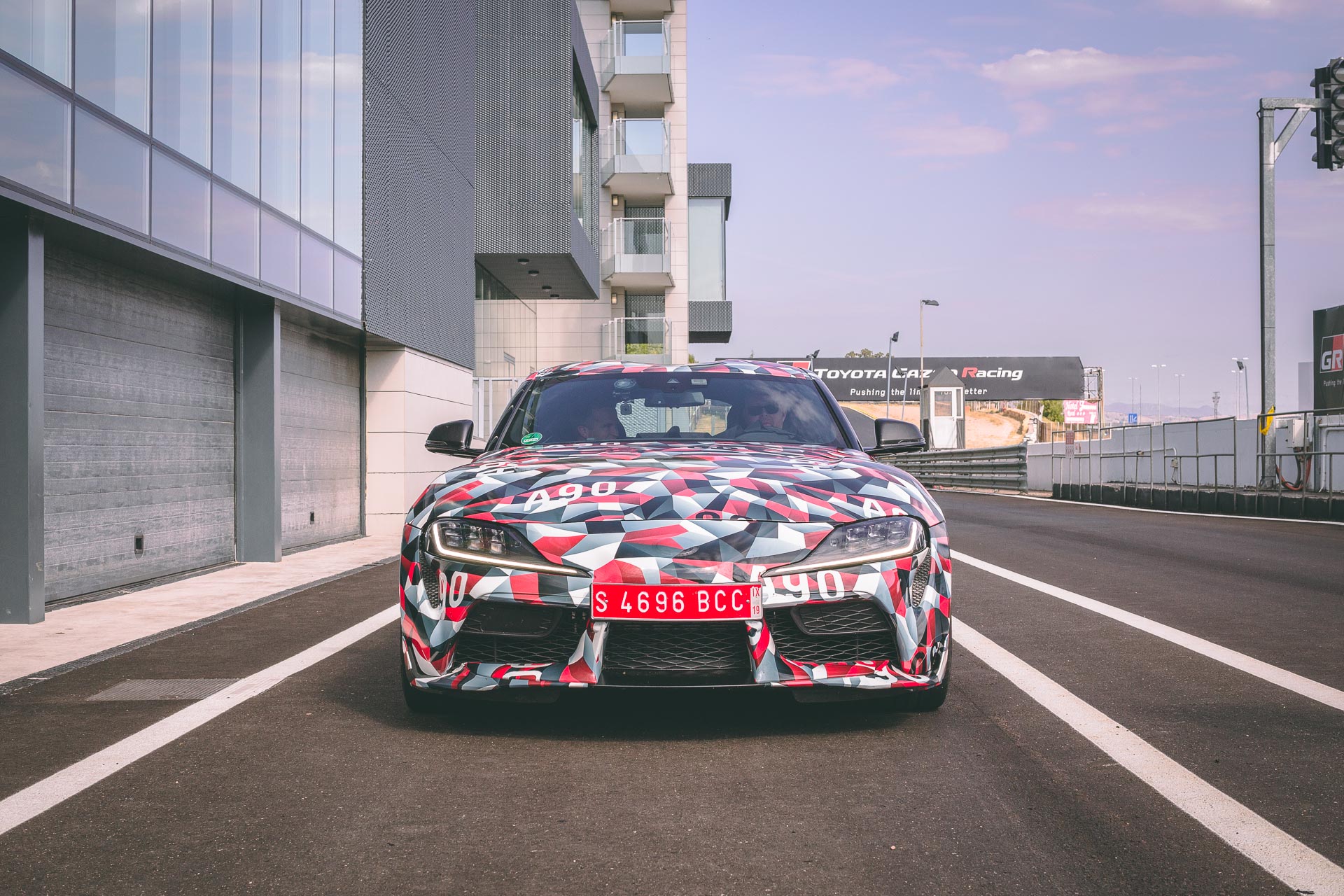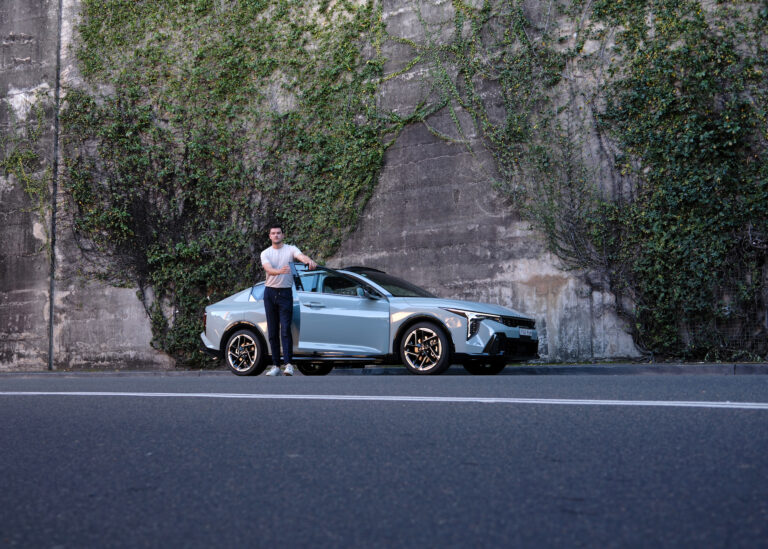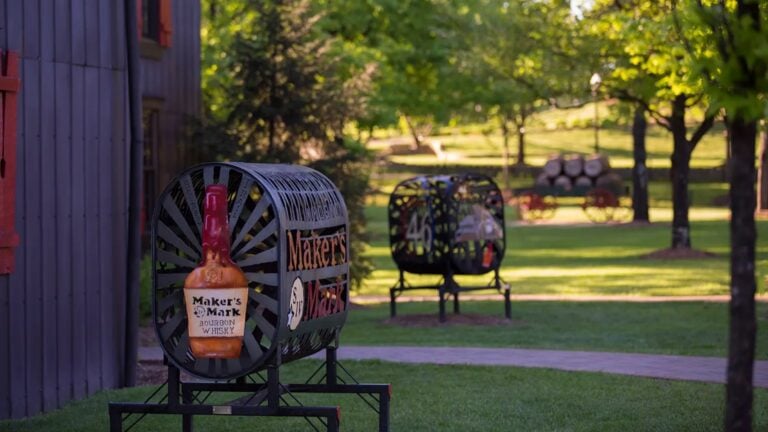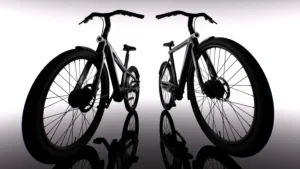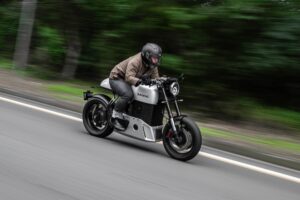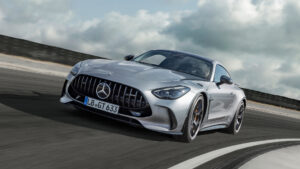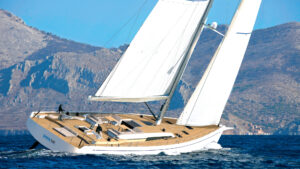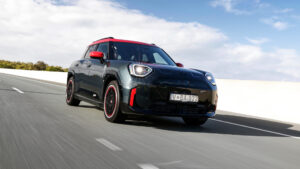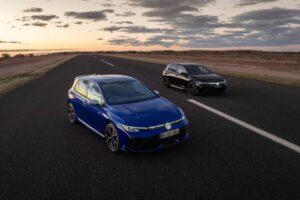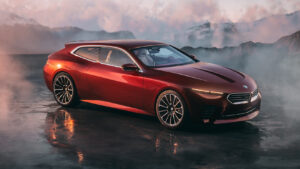It’s just before 8 am when the sun finally wakes, and I’m rocketing along a motorway on the outskirts of Madrid. It feels like an eternity since I shifted into 6th gear and the speedo reflects it. As I wonder how much more the GT86 I’m driving has left, I briefly consider the local law enforcement, but soon disregard my concerns as an Audi passes us doing well north of 200km/h. I can’t recall the last time I averaged such an obscene speed over a half hour period or the last time I was in pursuit of one of the most anticipated cars of the 21st Century.
I’m chasing a disguised prototype of the new Toyota Supra with a belly full of breakfast Jamon, on a few hours sleep, alone, in a manual left-hand drive 86, at breakneck speed – a typical morning in the office. The 3.0 litre turbocharged Supra is hauling, and I’m wringing every last kilowatt out of the four-cylinder boxer, but it’s not until we reach the first toll booth do I get a proper indicator of what the Supra is working with, leaving me on the blocks like Eric the eel. We know it’s a BMW built turbocharged straight six, most likely a variation of the twin scroll unit from the 340i (which produces 240kW), and that it’s capable of a tantalising sprint to 100km/h but exact performance numbers Toyota are yet to confirm.
To be frank, we don’t know any stats about the new Toyota Supra, not output, performance, weight, length or most importantly, price.
What we do know is, it’s built in Munich and shares an underlying platform with the new BMW Z4. Masayuki Kai, the Assistant Chief Engineer on the project, explains a mutually beneficial relationship between the manufacturers, neither car would be here without the other, but at the end of the day, each brand is trying to build the best car in the category they will inevitably compete in.
The two cars share the same structure, and a multitude of parts including engine, transmission, diff and potentially the same interior too (it was covered for our drive) but from there they tackle the tuning stage independently. For Toyota, the quest for a perfect sports car has centred around three key elements; track width, centre of gravity and wheelbase, and engineering the ideal ‘golden ratio’ between them. Toyota claims this number sits somewhere between 1.5-1.6:1, which makes more sense when you look at the ratios of the GT86 at 1.68:1, Porsche 911 at 1.6:1 and the Ferrari 488 at 1.59:1. While the maths points to an accomplished sports car, ultimately Toyota set out to ‘deliver a vehicle that provides as much feeling as possible.’
When it finally comes time to swap cars, I sink into the expertly positioned driver’s seat, and within just a few bends of the most beautiful road I’ve ever driven, it’s instantly apparent that the Gazoo Racing team has delivered on their promise of developing a genuinely poised and engaging sports car. A weight of below 1500kgs, a perfect 50/50 weight distribution, a low centre of gravity and a body that eclipses the carbon LFA for rigidity, complement a superbly tuned powertrain, delivering an insatiable combination of torque, grip and agility.
On the motorway, the Supra performs proficiently as a grand tourer. It’s comfortable, and rock solid, making use of refined aerodynamics to increase stability at speed. Through the rally stage, on smooth public roads, it corners with the confidence of a supercar, albeit minus the braking capability, and provides sterling throttle response and plenty of traction from the Michelin Cup Sports, even after a dusting of overnight rain.
What makes it even more compelling is its ability at the Jarama Circuit, where it’s sharp and responsive, responding to rapid gear changes via the paddles and delivering deliciously audible tones form the accentuated exhaust. In Comfort mode, it’s such a snoozefest you’d have a hard time arguing its ability. The jump to Sports Mode, however, is astonishing, uncaging the real A90 Supra, one that continues the lineage triumphantly.
While we’re yet to see the uncovered form, in person, the new Toyota Supra is a visual delight, minus the plastic cosmetic vents that adorn many of the cars panels, which we’re told will become functional for a sportier version down the line. The bubbled roof dropping downwards to a sharp ducktail spoiler, triangular taillights, volumise haunches and wide exhaust tips provide for a magnificent view from behind. Up front, the clamshell bonnet has been chosen purely for a unique and exotic aesthetic, which I was delighted to hear. Inside it’s quieter than I’d predicted but hard to deliver an assessment on ambience with the TBC dash and centre console covered.
The new A90 Supra is a car you wouldn’t think twice about leaving in the carpark or turning up for a day at Wakefield Park in. If Toyota gets the local pricing right, it will be a success. Of course, they’re yet to provide any indication of what that will be, but our group speculated somewhere in the vicinity of $75k. If it arrives in Australia starting with a six, be prepared to see a lot of them, because the new Toyota Supra blends nostalgia, performance and versatility into a dynamic and aesthetically arousing package.
Manufacturing of the A90 Supra is scheduled to start in Q1 2019 with an unveiling likely to come at Detroit. Stay tuned.
